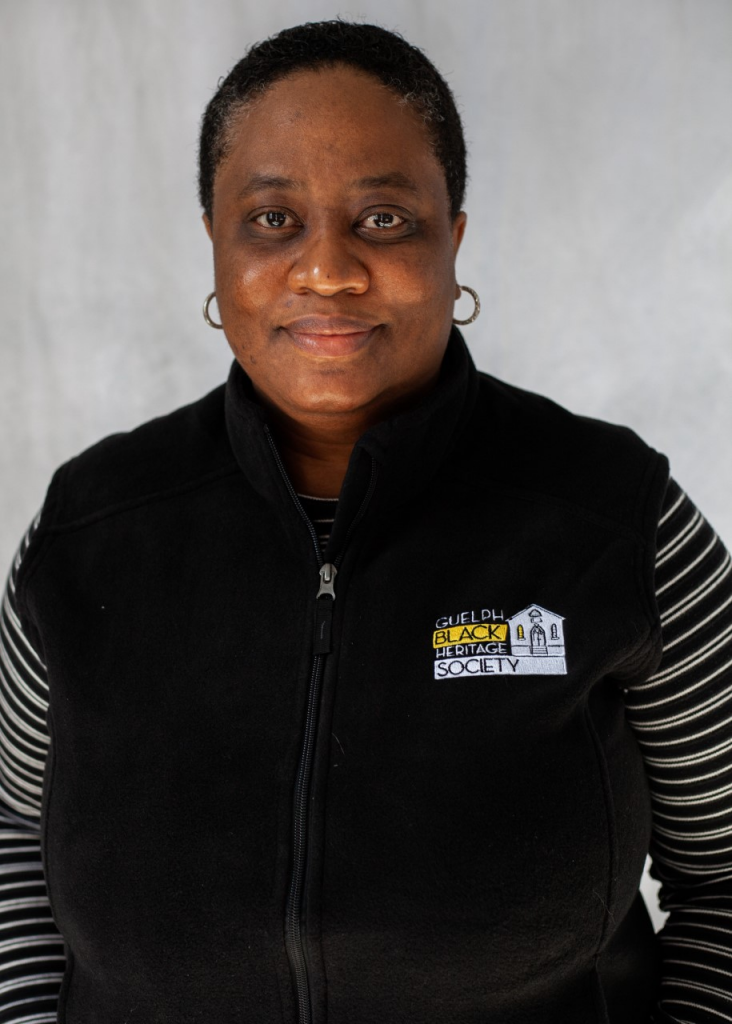What’s in My Place?
ABOUT THE CONTENT

The negative, systemic, and generational impact of the slavery narrative continues to haunt many young Black students as they face high levels of depression, suicide, and a lack of self-worth. The content of this curriculum focuses on the positive impact of the majestic Kings and Queens of Africa prior to the transatlantic slave trade. This allows both Black and non-Black students to develop a new respect and admiration for the Black race and culture that may not have been possible through slavery narratives.
The activities on our website include many videos and reading pieces to support student learning. When there is significant new information, we often use videos for reading and writing requirements. As concepts are reinforced, we gradually introduce more complex texts and shift to more challenging curricular skills, such as reading primary documents and expressing critical and creative thinking skills through the creation of texts.
My Place in this World effectively aligns with provincial curriculum expectations, school-board wellness initiatives, CRRP goals (culturally relevant and responsive pedagogy), and equity action plans.
The activities are cross-curricular and varied in terms of challenge. The learning outcomes for each Placemat evolve with the level of difficulty. The elementary activities are balanced, being both specific and inquiry-based. The high school activities follow the curriculum more explicitly with a focus on 21st-century graduate expectations. Students will find the activities engaging and experience focused learning. Our Teacher Support Line provides a forum for feedback, questions, and clarification.
Finally, thank you to all those who contributed to My Place in This World.
Here are some things educators are going to need to go on this journey:
- Willingness
- Open Mind
- Cultural Sensitivity and Awareness
- Don’t Assume (they know, they don’t know)
- Stay focused on Big Ideas (changing the narrative)
- Validate (the Black Experience)
- Know Your Purpose (just because the rest of the class is not Black, does not mean they can’t benefit)
Lorraine Harris
Co-Founder and Co-Creator of My Place In This World
Forward Thinking, Visionary, Innovator, Authentic, Risk Taker, Resilient

Co-Founder and co-creator of My Place in This World, administrator Lorraine Harris has been working in the field of education for over 21 years. Lorraine is a wife and mother. She holds degrees in Education, Music, and Psychology. Lorraine has been the recipient of many awards, both locally and provincially, for her participation in various community outreach projects, sharing her gifts, time, and talents in the performing arts. Most recently she was the recipient of the Ontario Volunteer Service Award for 2020 in her region.
Lorraine’s experience working at the elementary, secondary, and university levels has equipped her with a diverse skill set. Lorraine has supported multiple schools and served diverse student populations. She has demonstrated an excellent ability to lead, support, and collaborate with teachers to ensure strategies are in place to support equity in student learning. She’s a visionary with a keen ability to create engaging activities to help students grasp key curriculum content. Lorraine has created both published and unpublished resources currently being used in her board.
Lorraine is an innovator with the foresight to see firsthand the need for curriculum content that empowers all students—and particularly in this current environment—Black students and others in the BIPOC community. In doing so, they develop a positive self-concept and a sense of truly belonging, of having a place in this world.



Denise Francis
President of the Guelph Black Heritage Society and Collaborator with My Place in This World

The GBHS was founded in 2011 with the purpose of saving the historical British Methodist Church in downtown Guelph. This historic building was built in 1880 by formerly enslaved Black individuals and their descendents.
The GBHS has several components to their mission, one of which is to significantly raise awareness on issues that concern our Canadian Black communities, one of these being education. Why is this critical?
There’s anger, despair, a sense of hopelessness, and exhaustion about all that’s happened since slavery—and that’s a problem, a big problem. But you can be part of the solution. Everyone can, if we all act for positive change. And adding strong, positive content about Black history to our curriculum is an important first step.
The GBHS has received much interest from the community about accessing this curriculum, and Black parents are contacting school boards regarding its implementation. Knowing that, the Ministry of Education has clear mandates for school boards to implement teaching Black curriculum content, and our parents are recognizing this. As a society, the GBHS supports this curriculum because it is foundational to the healing of Black youth and connects them to a sense of belonging. As president of the GBHS, I see two choices here: Either school boards implement this curriculum and satisfy the needs of the Black community, or there is a rejection of a Black curriculum that is aimed at elevating Black students. And since there is a need to elevate all students from the BIPOC community, let’s begin here.



